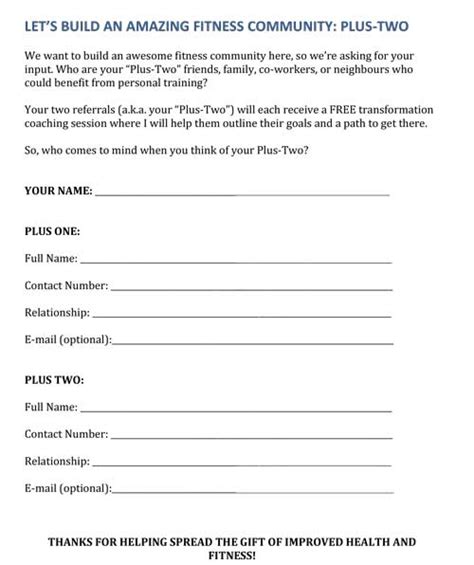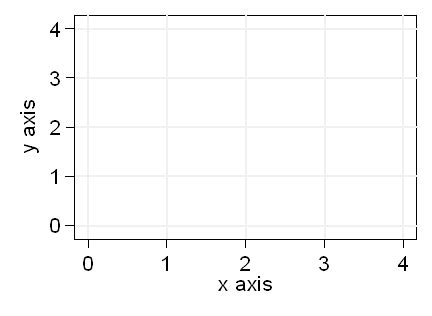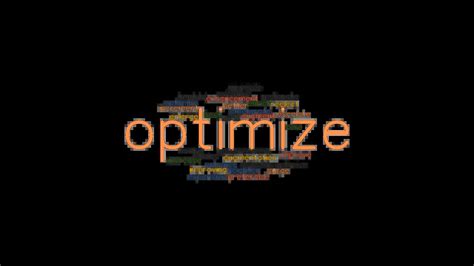What’s the most time-efficient method to break strength plateaus for peak gains?

Every serious lifter eventually encounters a strength plateau – that frustrating point where your lifts stall, and progress seems to come to a grinding halt. While pushing harder might seem like the intuitive solution, true efficiency lies in strategic adjustments. The goal isn’t just to break the plateau, but to do so in the most time-efficient way, ensuring continuous peak gains without unnecessary downtime.
Understanding Strength Plateaus
Strength plateaus are a natural part of the adaptation process. Your body is incredibly efficient; once it adapts to a specific stressor (your current workout routine), it no longer needs to grow stronger or bigger to meet the demands. Factors contributing to plateaus often include insufficient recovery, inadequate nutrition, training monotony, or simply a lack of varied stimulus. Recognizing these underlying causes is the first step towards a time-efficient solution.

The Most Time-Efficient Strategies to Break Through
To overcome stagnation and continue building strength efficiently, focus on these scientifically backed, time-effective methods:
1. Strategic Deloading: The Restorative Breakthrough
Often overlooked, a planned deload is one of the most powerful and time-efficient tools. Instead of pushing through fatigue, which can lead to overtraining or injury, a deload involves significantly reducing training volume and/or intensity for a short period (typically 1-2 weeks). This allows your central nervous system, muscles, and connective tissues to fully recover, supercompensate, and come back stronger. It’s a proactive step that prevents plateaus before they solidify and ensures sustained progress.
2. Intelligent Periodization: Planning for Continuous Progress
Periodization involves systematically varying training variables (intensity, volume, exercise selection) over specific cycles. Rather than following the same routine week after week, periodization ensures your body is constantly challenged in new ways, preventing adaptation while minimizing wasted effort. Linear periodization (gradually increasing intensity while decreasing volume) and undulating periodization (varying intensity and volume within a week or microcycle) are excellent time-efficient frameworks to ensure consistent stimulus and recovery.

3. Advanced Progressive Overload Techniques: Beyond Adding Weight
While adding weight is the most common form of progressive overload, it’s not the only, or always the most efficient, method. When weight stalls, consider these alternatives to keep pushing progress without adding more time to your workouts:
- Increase Reps with the Same Weight: Even one or two more reps can indicate progress.
- Improve Time Under Tension (TUT): Slow down the eccentric (lowering) phase of a lift to increase muscular stress.
- Decrease Rest Times: Shorter breaks between sets increase workout density and cardiovascular demand.
- Improve Exercise Technique: A more efficient movement pattern can allow you to lift more weight or perform more reps with the same weight.
- Increase Training Frequency: Train a muscle group more often with lower volume per session.
- Partial Reps or Range of Motion Adjustments: Safely train sticking points with targeted partials, or slightly adjust range of motion for specific stimulus.

4. Optimize Recovery and Nutrition: The Unsung Heroes
No training strategy, however brilliant, can overcome poor recovery and nutrition. Prioritize 7-9 hours of quality sleep nightly, ensure adequate hydration, and consume a balanced diet rich in protein, complex carbohydrates, and healthy fats. These elements are non-negotiable for muscle repair and energy replenishment, making your training efforts far more productive and time-efficient in the long run.
5. Refine Form and Technique: The Foundation of Strength
Poor form not only limits your ability to lift heavier weights but also increases injury risk. Periodically film yourself or have a knowledgeable spotter review your technique. Correcting even minor form flaws can unlock significant strength gains and ensure the target muscles are truly being worked, making every rep count towards peak performance. This refinement is a highly efficient way to progress without adding more sets or reps.

Putting It All Together for Peak Gains
The most time-efficient method to break strength plateaus isn’t a single trick, but a synergistic application of these strategies. Integrate planned deloads into your training cycle, adopt a periodized program that varies stimulus, and constantly seek opportunities for progressive overload beyond just adding weight. Couple this with uncompromising attention to recovery, nutrition, and technique. By doing so, you’ll not only break through current plateaus but establish a robust framework for continuous, sustainable, and time-efficient strength gains, ensuring you’re always on the path to peak performance.










